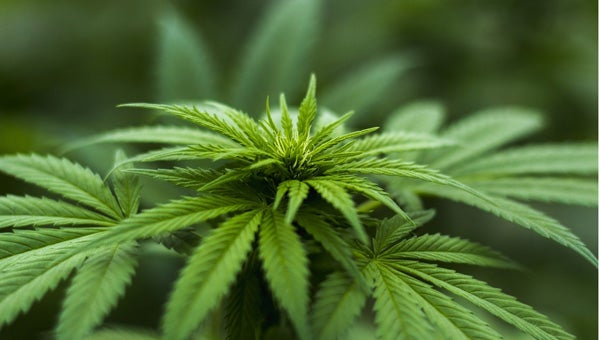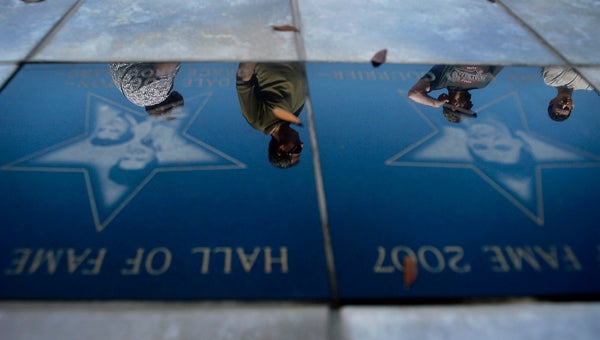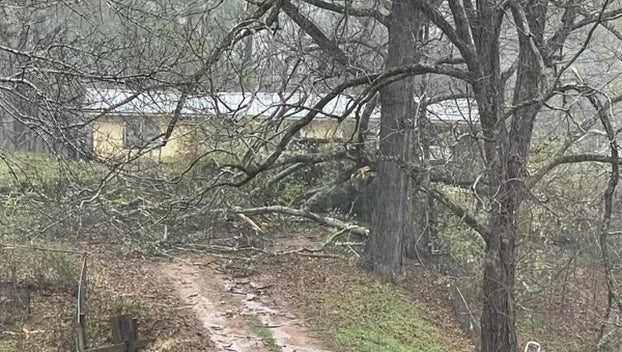Reality TV lures gator hunters
Published 11:45 pm Tuesday, August 27, 2013
NEW ORLEANS (AP) — With gator hunting now a reality TV staple, more out-of-state hunters have been flocking to Louisiana’s swamps and marshes to bag the big reptiles, paying hundreds, even thousands of dollars to guides with the tags required for a legal harvest.
The 30-day season opens in eastern Louisiana on Wednesday and on Sept. 4 in western sections of the state.
At Grosse Savanne Waterfowl & Wildlife Lodge in western Louisiana, wildfowl hunts have been fully booked since 2006 but alligator hunts took longer to fill up, said manager Karl Zimmerman.
“We didn’t get fully booked up until the Swamp People program came out on the History Channel,” said Zimmerman, 35, who began riding along on alligator hunts with his father when he was 6 or 7.
While he appreciates the way the televised Cajun gator hunts have boosted business, he can’t stand to watch them.
“Ninety percent of it is Hollywood,” he said. “They really make it out to be the savage beast — it’s going to come get you every time you get up close to ‘em. That’s really not the way it is. Especially in the wild.”
State wildlife officials describe the annual take as a harvest rather than a hunt. That’s accurate, Zimmerman said.
“If you go out to hunt ‘em in the broad daylight, you never can get close enough to get a good kill shot with a gator,” he said. That’s why they’re taken on big baited hooks left out overnight and hauled to the surface to be shot, Zimmerman said.
About 34,000 alligators will be taken this year in Louisiana, wildlife officials say.
This year’s tally of out-of-state hunters paying $150 for a gator hunting license is likely to beat last year’s record 507, said Noel Kinler, head of the Louisiana Department of Wildlife and Fisheries’ alligator program. The number had averaged 144 for three years, then rose to 178 in 2010 and 332 in 2011.
State wildlife agents also say that rising numbers of locals are poaching the big reptiles during the 11 months that hunting is forbidden.
The number of arrests for killing alligators out of season rose from 33 in 2007 to 69 in 2011, 85 last year and 54 so far this year, said Adam Einck, spokesman for the department’s enforcement division.
Some of those people have told wildlife agents they were just doing what they’d seen on TV, said enforcement division Maj. Sammy Martin. “They’re thinking that pretty much you can go out and hunt alligators whenever you want, without realizing what the rules and the laws and regulations are in the actual taking of the alligators,” he said.
Zimmerman is among about 3,000 in-state hunters who have ponied up $25 for a license and either own wetlands where gators live or have a hunting lease from the owner.
The one hunt that stands out for him was with a customer about nine years ago. As Zimmerman hauled on a line staked out on a 40-foot-wide canal, he knew he had a big one. The head of a 6-foot gator emerged from the murky water, followed by that of an 11-footer that hadn’t quite finished eating the 6-footer. The customer shot the big alligator but didn’t kill it.
“It spits the whole 6-footer out and started thrashing and sank to the bottom.” Once hooked or shot, an alligator must be killed. Zimmerman waded into the canal and began poking about with a 10-foot stick. The alligator eventually moved. They followed its trail of bubbles. About 45 minutes after it was first hit, it resurfaced and they shot it.
Indiscriminate hunting had left so few alligators by 1941 that Alabama passed a law protecting them. Louisiana and Florida banned alligator hunting in 1962. The species went on the nation’s first endangered species list in 1967. By 1972, numbers in Louisiana were high enough to allow hunting, which has been tightly regulated ever since.
Louisiana’s wild population is now approaching an estimated 2 million, with more than 300,000 more on farms, according to Wildlife and Fisheries.
Zimmerman has 215 tags this year for 15,000 acres of marsh where he harvests alligators, putting out 20 to 60 lines each afternoon.
“We trap one day on 2,000 acres, then we’re done with that area. We move on to another one,” he said.
He books 60 hunts a year — all in the season’s first nine days, because that’s when he generally reaches his limit.
Six-foot fence posts hammered into the bank anchor 30-foot-long, quarter-inch-thick nylon lines. Nearby is a cane pole set into the bank at a 45-degree angle, a clothespin at the tip about 6 feet above the water. The line dangles from the clothespin so that a 6-inch hook baited with chicken is about 2 feet from the water.
If an alligator has swallowed the bait, it gets hauled next to the boat so a hunter can shoot it point-blank with one of the lodge’s rifles, Zimmerman said. Hunters can bring their own guns but Zimmerman recommends using one he provides. “It’s very messy. You end up messing your guns up, getting them dirty.”
He charges $550 a night including a 5-course dinner, continental breakfast and Cajun brunch. About one-third of his alligator hunt customers come just for the ride. The rest buy the hunting license; 30 to 40 each year pay extra to keep a trophy gator. Hunters may shoot five or more but rarely keep more than one, Zimmerman said.
Kinler said wholesalers’ prices are expected to equal or exceed last year’s average of $23.50 per foot. Bigger skins bring in more per foot.
Zimmerman charges $50 per foot for alligators less than 7 feet long, up to $200 a foot for those 12 feet long or more.
Wholesalers buy the alligators whole, he said, while trophies get skinned and prepared for taxidermy or tanning.
“There’s a lot of labor involved,” he said. “And also preparing the meat.”
———
Online:
http://www.fws.gov/endangered/esa-library/pdf/alligator.pdf
http://www.wlf.louisiana.gov/wildlife/alligator-program
http://www.grossesavanne.com/index.asp






